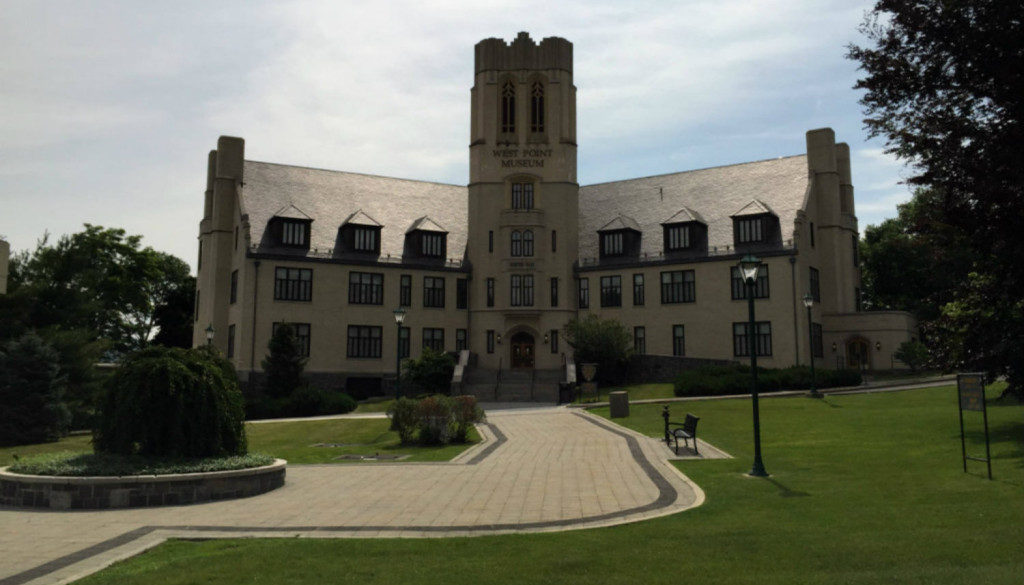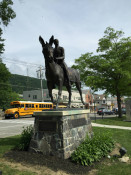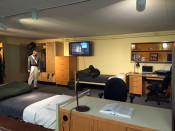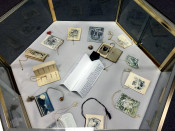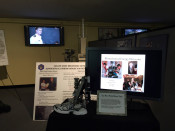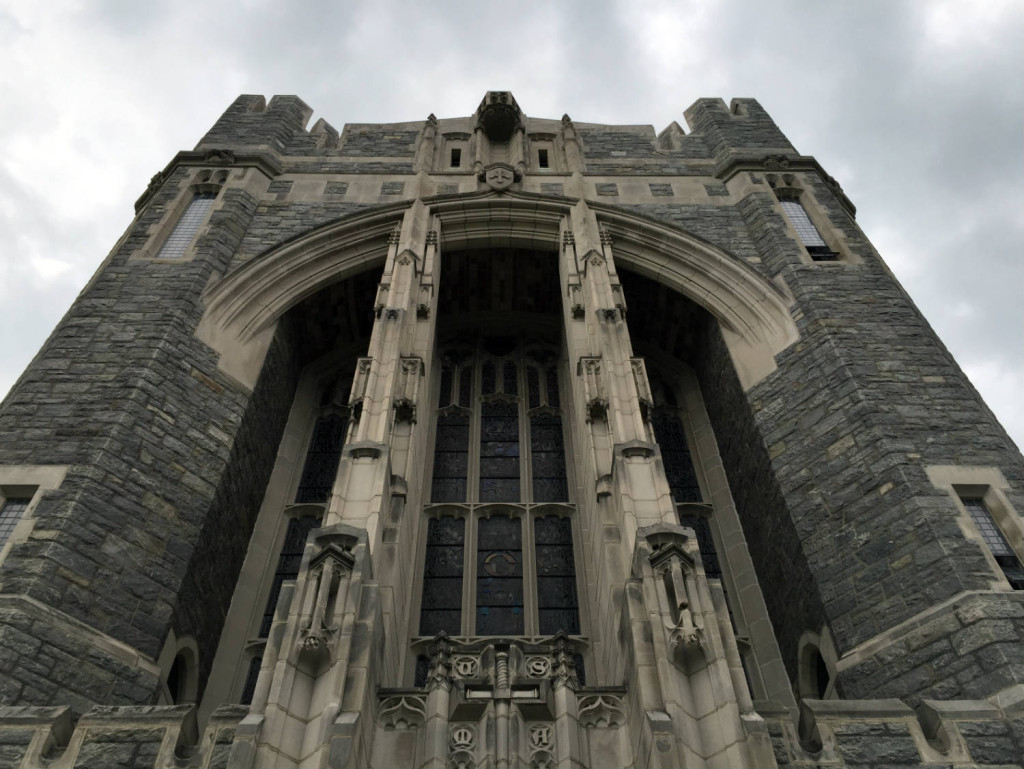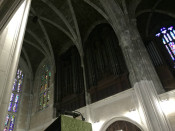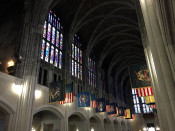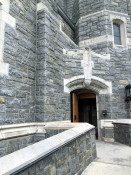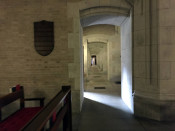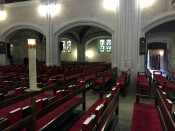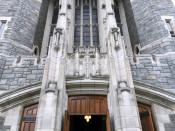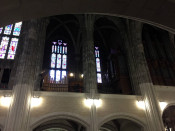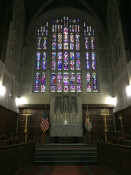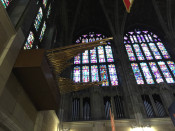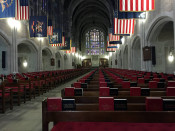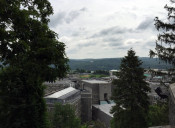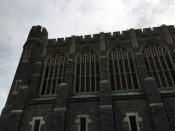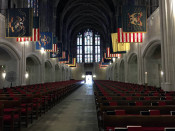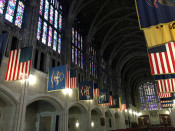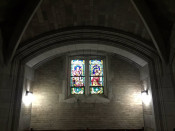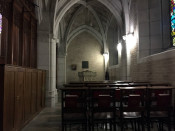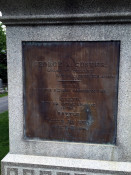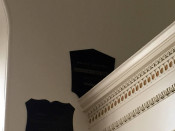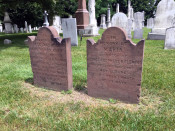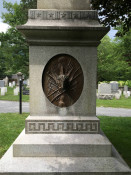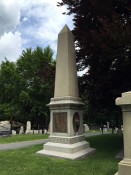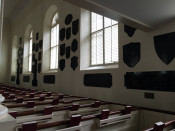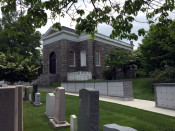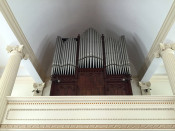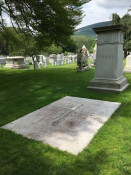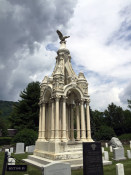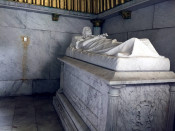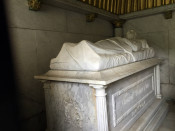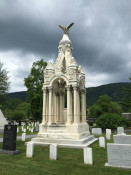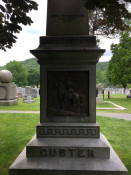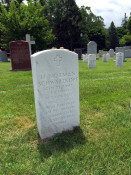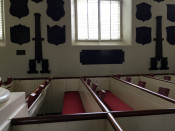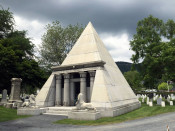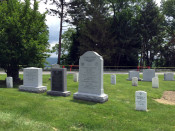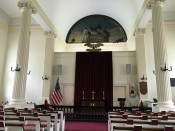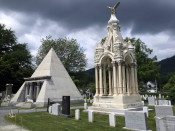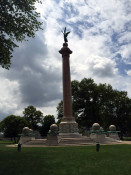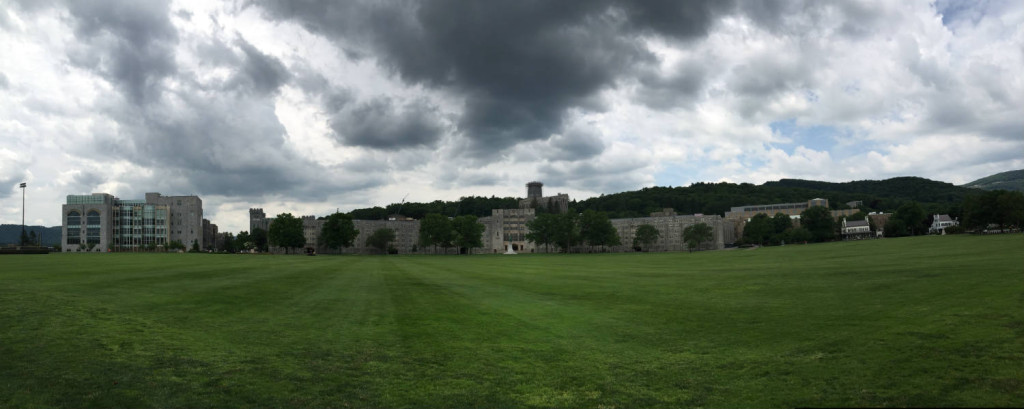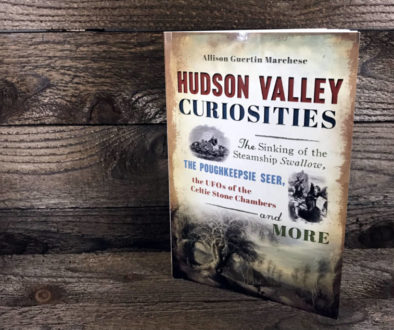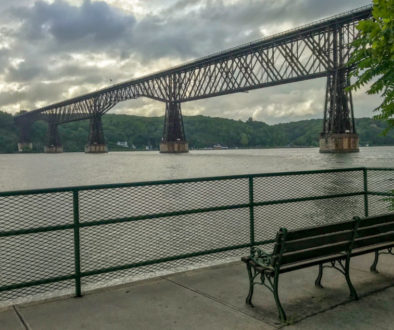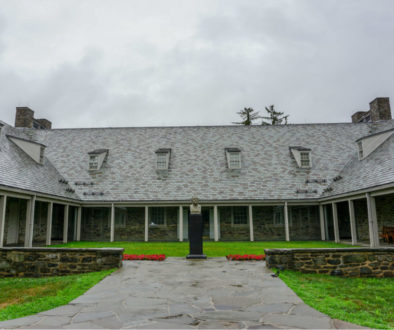Visiting West Point Military Academy
Known to be one of the most prestigious military academies in the entire world, West Point Military Academy began training cadets in 1794. However, the location was first established as a post for the Continental Army on January 27, 1778 and served as a key command in preventing the British Navy from traveling south on the Hudson River. The prominent lookout today provides a breathtaking view of the Hudson, but that same view provided the Army plenty of time to arm their defenses and ultimately protect the land we now call New York.
The story of West Point is indeed a lengthy one. I couldn’t possibly include every single interesting bit of information about the Academy in this post, but I still wanted to share a quick bit about my visit and hopefully inspire my fellow New York adventurers to take advantage of the offered tours if you’re in the area.
I typically struggle under the confines of guided tours, but because of the strong military presence and obvious security concerns, really the only way for anyone who isn’t a family member of a cadet to tour the grounds is on a bus led by a guide. That also means that a lot of stuff was left off the tour that I would’ve loved to see.
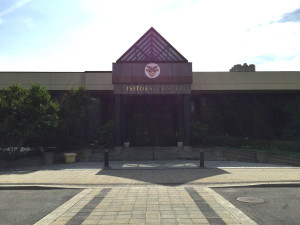
Once passing through the security gate into West Point, visitors will first notice the historic Thayer Hotel. Named for the ‘Father of the Military Academy’ Sylvanus Thayer who was a graduate of the 1808 class, the hotel has 151 rooms and overlooks the Hudson River. While a long list of famous folks like Edgar Allen Poe, Winfield Scott, Robert E. Lee, Ulysses Grant and Stonewall Jackson have all spent time there, another well known story about the hotel includes a much more modern overnight accommodation. At the end of the 444 day Iranian Hostage Crisis that ended in 1981, the 52 Americans who returned home were brought directly to the Thayer Hotel to be reunited with their families. The bus tour doesn’t go to the hotel, but visitors are able to get in with no problem.
Our tour stopped at the West Point Cadet Chapel, where we were able to get out and walk through the entire chapel. The medieval looking Gothic grey, granite building was dedicated in 1910 and features the largest pipe organ within a religious building in the entire world. Though, unfortunately, no one was playing it at the time. There is also a constantly burning candle in one of the forward pews for MIA and POWs. The cadet chapel was really awesome, but I’d be lying if I said I wasn’t just a tad bummed that we weren’t able to hear the organ and that we skipped the Orthodox Chapel, the Jewish Chapel, the Interfaith Chapel, the Catholic Chapel and a Post Chapel.
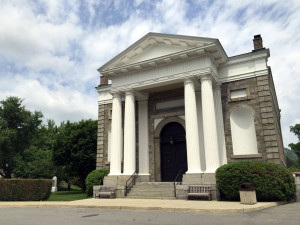
Even though my tour coincided with the current class of cadets being on break, there was still a strong Military Police presence and a few uniformed folks milling about on campus. While sitting at the parade route for cadets, it was a scene that I could only imagine to picture thousands of Army cadets marching in unison and preparing to serve the country. If you’re in the area and appreciate history, a tour of West Point is one I highly recommend!

